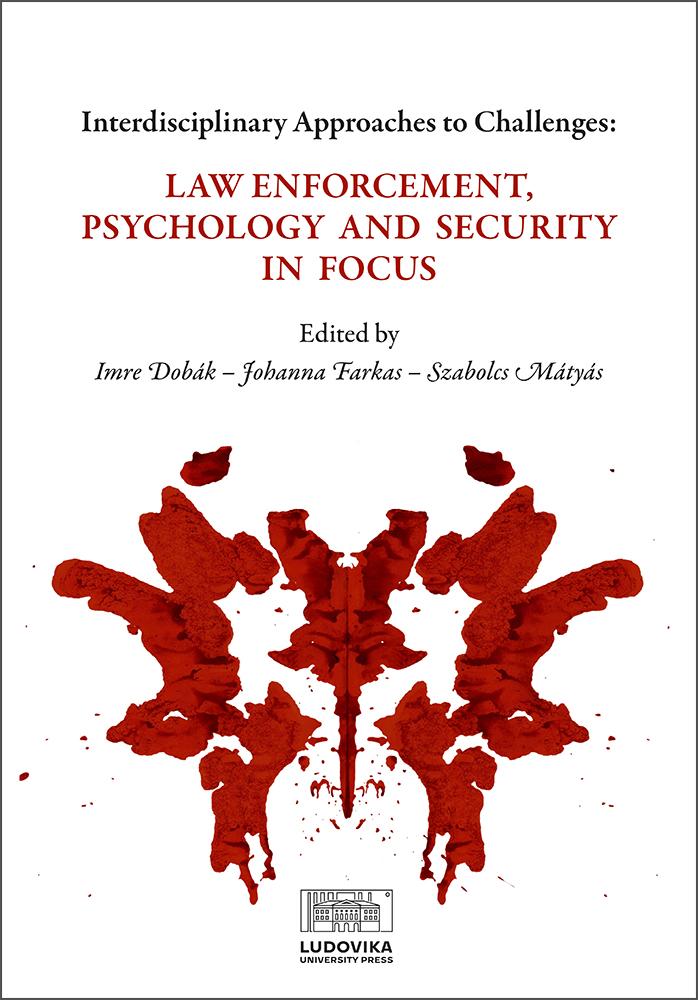The Impact of Visual Thinking Strategy Training on the Executive Functions and Visual Stimulus Preferences of University Students
Synopsis
Aesthetic judgment is influenced by the perceived values of the stimuli by the beholder; nevertheless, it is also determined by the cognitive characteristics of the perceiver (such as expertise and executive functions). Although previous studies have investigated the effect of independent characteristics (such as symmetry, complexity and order) of visual stimuli on aesthetic judgment, little is known about the multi-dimensional aspects of visual stimuli. Executive functions are high-order cognitive processes; despite their frequent occurrence in the literature, there is a research gap regarding the links between training in visual arts, aesthetic judgment and executive functions. Considering the lack of evidence in the literature, the aim of the current study was to investigate the effect of visual thinking strategy (VTS) training on aesthetic judgment and on inhibition control, and selective attentional processes. Non-art university students (N = 53) were gathered and then distributed into two groups; the experimental group participated in a 7-session VTS training. We also investigated the electrical brain activity of experts (N = 2) and novices (N = 2) in visual arts. Our results indicate mixed results regarding the effect of VTS training on visual stimulus preferences between the two groups before and after training. Additionally, our results revealed significant differences between the two groups regarding reaction time in task and Flanker task. Although the results of EEG suggest functional differences between experts and novices, these results are only orientational.
Downloads
Volume
Pages
Published
Categories
License

This work is licensed under a Creative Commons Attribution-NonCommercial-NoDerivatives 4.0 International License.


.svg)
